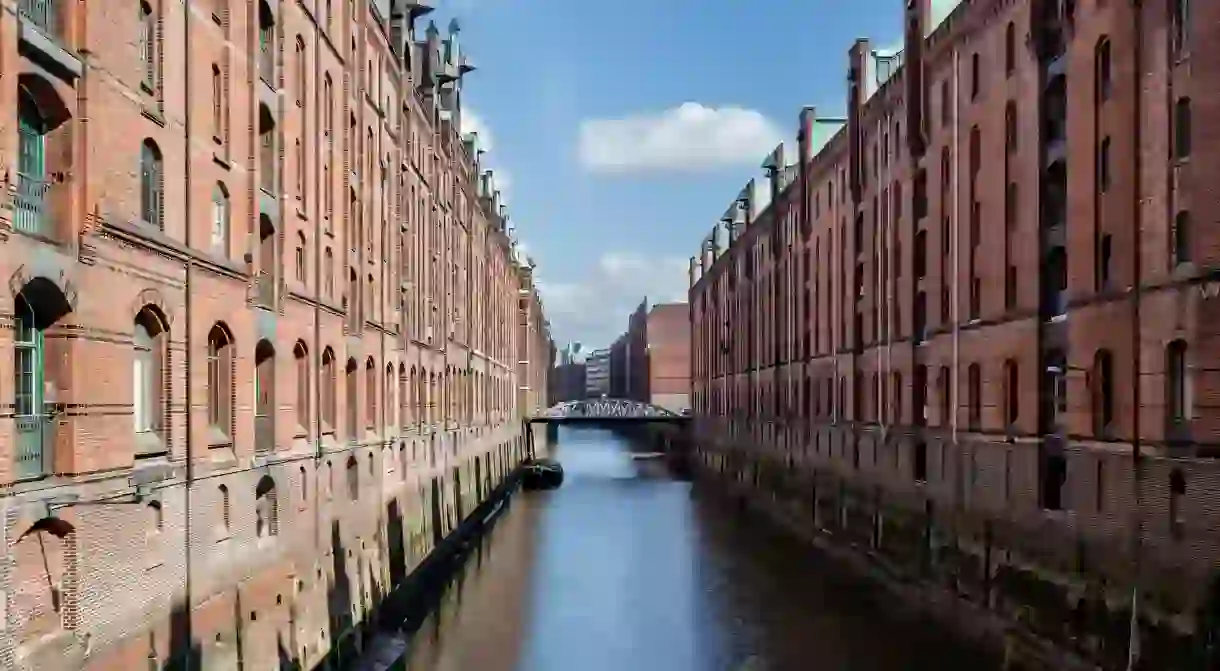13 Places To Discover Spectacular Design in Germany

From the Bauhaus movement to the iconic buildings of Berlin – Germany is home to creative excellence revered around the world. So if you want to feast your eyes on magnificent design, plan a trip to check out some of these incredible UNESCO World Heritage sites across the country.
Abbey and Altenmünster of Lorsch
Ruins

Bamberg
Historical Landmark

Situated next to the river Regnitz, the old town of Bamberg is a unique Bavarian treat for architecture and design lovers. Many of its buildings are well-preserved urban works of art – a mixture of high Medieval and Baroque architecture. The town comprises three historical centres – the episcopal town, the island town and the market gardeners town, so spend a weekend touring all three to get a real feel for the history of the place.
Quedlinburg
Architectural Landmark

Pilgrimage Church of Wies
Building, Church

Berlin Modernism Housing Estates
Architectural Landmark

For enthusiasts of modernist architecture, Berlin’s six housing estates are an expression of political, social, cultural and technical progress in the Berlin of the Weimar Republic. The properties are a showcase of the innovative housing policies implemented from 1910 to 1933 that improved housing conditions for low-income earners through new and fresh approaches to design and urban planning. Bauhaus architects Bruno Taut, Martin Wagner and Walter Gropius had a huge influence on the development of modern housing across the world, with each building showcasing how architects can utilise outdoor space while still retaining a sense of community.
Bauhaus and its sites in Weimar, Dessau and Bernau
Historical Landmark

Arguably one of the most important eras of design, the Bauhaus period is best seen at Bauhaus and its sites in Weimar, Dessau and Bernau – a series of six separate sites associated with the innovative art school. Initially established in 1996, it represents the blossoming of Modernity. Take a tour around the stark and sharp-edged white and grey buildings that became the backdrop for colourful and experimental creativity.
Fagus Factory
Building

One of the first truly early modern buildings in Germany, the Fagus Factory building in Alfeld is a working example of Bauhaus architecture, with its large structure encased with glass panels. The factory makes shoe lasts (the wooden moulds upon which shoes are constructed) and was designed by the architect Walter Gropius in 1911 before he founded the Bauhaus. The name of the factory is taken from the Latin term fagus sylvatica which means “beech wood” – a nod to the traditional material used to make the lasts.
Museum Island
Museum

Classical Weimar
Historical Landmark

A collection of 12 separate buildings, Classical Weimar is a unique testimony to the cultural epoch of Weimar Classicism. At its time, it was the cultural centre of Europe and many artists and scholars such as Goethe and Schiller were drawn to the area. The small town in Thuringia was a space of cultural evolution, and this is reflected in the magnificence of its many flat-fronted signature yellow buildings and blue-green domes, both in the town and surrounding areas.
Maulbronn Monastery Complex
Monastery

One of the most complete monasteries of the Middle Ages north of the Alps, and one of the best preserved, the Maulbronn Monastery Complex is a former Cistercian abbey and one of the best preserved in Europe. The 850-year-old complex is one of Germany’s oldest examples of Gothic architecture and you can get lost in its never-ending long arched corridors and expansive gardens. The monastery also doubles as a concert venue, giving tourists and visitors a special opportunity to appreciate its exceptional acoustics.
Speyer Cathedral
Cathedral

St Mary’s Cathedral and St Michael's Church
Church

Speicherstadt and Kontorhaus District with Chilehaus
Historical Landmark

Ready to discover natural heritage landmarks and masterpieces of human creativity? Visit worldheritagegermany.com for routes that showcase Germany’s 46 UNESCO World Heritage sites. Starting and finishing near an international airport, the trails will introduce you to natural wonders, innovation, industrial heritage and more.

Germany is home to an array of UNESCO World Heritage sites
This branded content article was published as part of a commercial campaign that has now ended.













